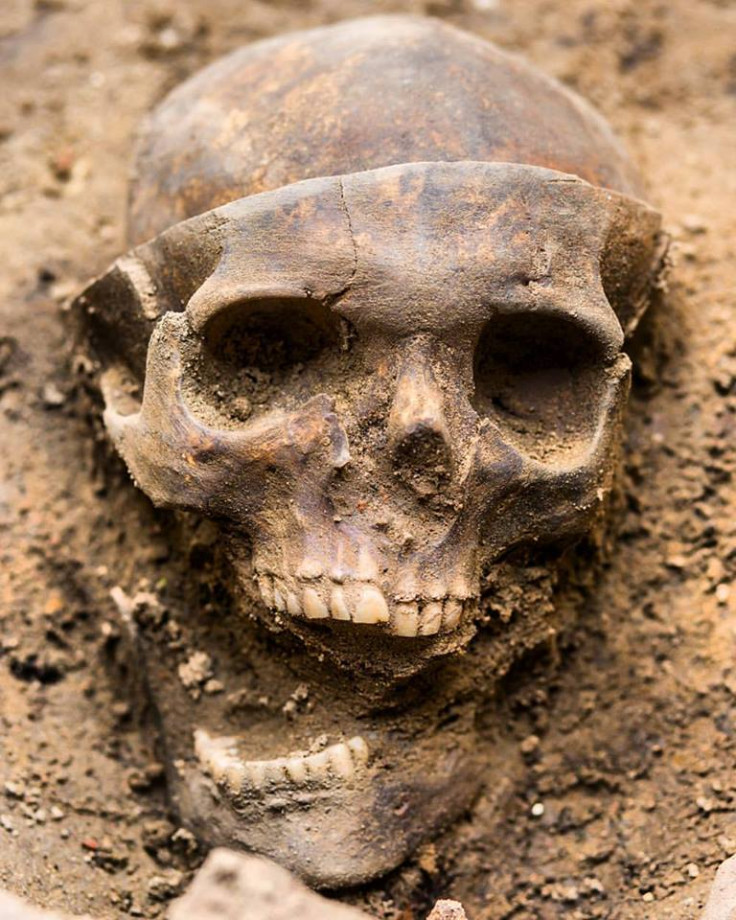Trepanation: Early case of skull-drilling procedure discovered in 17th century skeleton

In the Polish city of Poznań, archaeologists have discovered a skeleton dating back to the 17<sup>th century and bearing clear marks of trepanation on its skull. The surgical procedure – which involves making a hole in the person's skull – appears to have been carried out posthumously.
The discovery occurred during excavation works in the ruins of the old parish church of St Mary Magdalene. The skeleton was found within a second layer of burials under the ground of the religious building.
The scientists believe the individual lived during the first half of the 17th century, when modern trepanation procedures began to emerge in Poland, as Polish science publication PAP reports.
Extracting the brain
In this case, cut marks on the skull reveal that an autopsy was carried out after the death of the individual and that during that process, the trepanation procedure was carried out to unveil and extract the brain.
"Undoubtedly, this is a posthumous unveiling of the skull. You can even see in the section of the skull that it was taken out, suggesting the brain was probably extracted," said lead researcher Marcin Ignaczak.
The reason why this procedure took place and why it was done on this particular individual is unclear, but it suggests that Poznań was probably was probably an important town for medical research at the beginning of the 17th century.
Identity of the individual and his doctor
Another enigma that remains is the identity of the skeleton. Here, the coffin and its location in the church indicate that the deceased came from an important family. However, it is generally assumed that the autopsies carried out at the time more often than not involved anonymous individuals, with low social status.

Study of the skeleton's morphological features and potential DNA, if the scientists manage to extract it, may yield more clues as to who the individual was.
"After further research and anthropological expertise, we will try to learn more about this person; about his state of health, illnesses, looks. We will, of course, try to examine his DNA," Ignaczak said.
As for the identity of the person who performed the trepanation, the researchers already have their suspicions. "There are indications that the chronology of the skeleton is the 16th, half of the 17th century. We believe this skeleton may therefore be contemporary to one of Poznań most famous medics, Józef Struś, and we even suspect that he could be the one who performed the autopsy", Ignaczak concluded.
First photo is courtesy of Bartosz Jankowski. More of his pictures are available on his Facebook page.
© Copyright IBTimes 2025. All rights reserved.






















